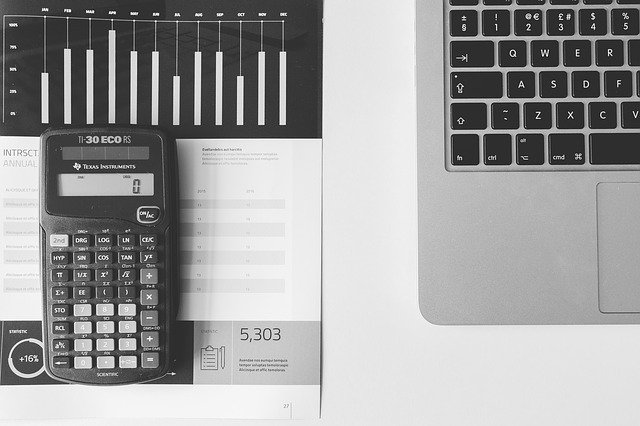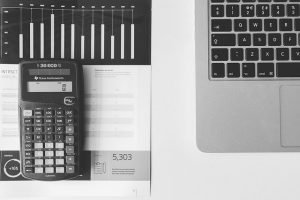
An Introduction to the Accounting Equation
 Have you heard of the accounting equation? It’s commonly used in double-entry accounting. If your business uses the double-entry accounting method, you may want to use the accounting equation as well. The accounting equation, in fact, is the heart of the double-entry accounting method. Before using it, though, there are a few things you should know about the accounting equation and how it works.
Have you heard of the accounting equation? It’s commonly used in double-entry accounting. If your business uses the double-entry accounting method, you may want to use the accounting equation as well. The accounting equation, in fact, is the heart of the double-entry accounting method. Before using it, though, there are a few things you should know about the accounting equation and how it works.
What Is the Accounting Equation?
The accounting equation is the foundation for the double-entry accounting method. Also known as the balance sheet equation, it expresses the relationship between a businesses’ assets, liabilities and owner’s equity. With the accounting equation, you can rest assured knowing your business’s balance sheet is, in fact, balanced.
Of course, you’ll only need to use it if your business uses the double-entry accounting method. The double-entry accounting method requires the use of the accounting equation. If your business uses the single-entry accounting method, you can skip the accounting equation. The single-entry accounting method is easier than its double-entry counterpart. With the single-entry accounting method, transactions are recorded in a single place. The double-entry accounting method differs in the sense that it involves records of transactions in at least two places.
How to Use the Accounting Equation
You can use the accounting equation by adding up your business’s liabilities and owner’s equity. The accounting equation lives up to its namesake by featuring an equation for accounting. The equation consists of assets = liabilities + owner’s equity.
Assets, of course, are tangible and intangible items of value that your business owns. Common examples of assets include property, cash, inventory, accounts receivables, equipment and supplies. The accounting equation also takes into account liabilities. Liabilities are a debt. While accounts receiveables are considered assets, accounts payables are considered liabilities. Finally, there’s owner’s equity. Owner’s equity is the collective investment owners have made in your business.
In Conclusion
Double-entry accounting requires the use of the accounting equation. With this formula, you can ensure that your business’s balance sheet is, in fact, balanced. The accounting equation consists of assets = liabilities + owner’s equity. Adding up your business’s liabilities and owner’s equity should yield its total assets. When using the double-entry accounting method, you should take advantage of the accounting equation to ensure that your business’s balance sheet is balanced.
Did this tutorial work for you? Let us know in the comments section below!
